
For further information about our curriculum please click here to visit the ‘Our Classes’ page to see the current term’s class newsletter. If you require further information, please contact the school office to arrange an appointment with the Headteacher.
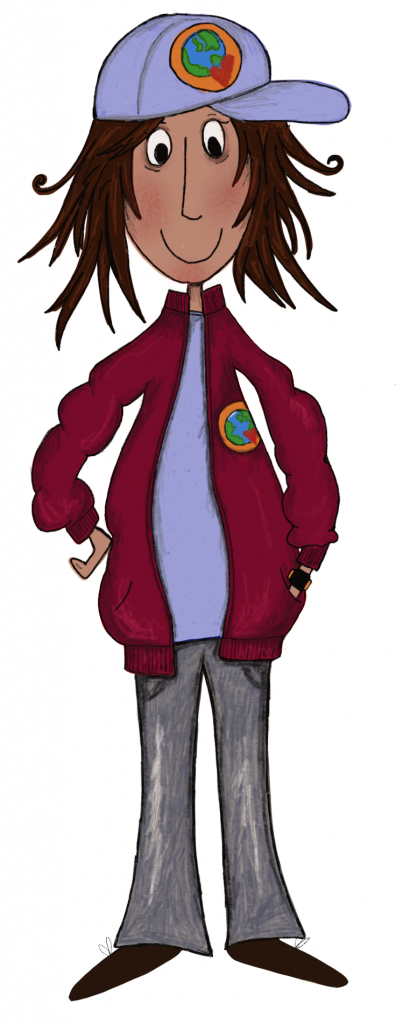
Our global explorers, wearing their Christian values, carry their backpacks to gather and learn to apply skills and knowledge as they complete their expeditions.
Inspired by the words of Paul to the Ephesians in Chapter, we want our children to lift up their eyes to see the world and recognise that they can play an integral part in it. The growth of wisdom comes for all of us, adults and children, as we come to understand our own place in God’s world, and how we can learn from what has gone before, appreciate what is now, and hope for transformation to a better future
When they arrive safely home they unpack their backpack into their cupboard, so their knowledge and skills are ready to use again whenever they need to.
Expeditions may be long and last a whole term or they might be shorter trips, excursions, outings, journeys or jaunt but whenever they complete one, they will have in their cupboards memories, experiences, skills and knowledge to use at any point in the future: while still at this school, their next school or in ten / twenty / thirty years’ time.
Many of their expeditions will be in their year group continent and include aspects of all curriculum subjects. Travel further afield through whole school excursions or specific subject outings will provide a broad and balanced, memorable and exciting wider curriculum.
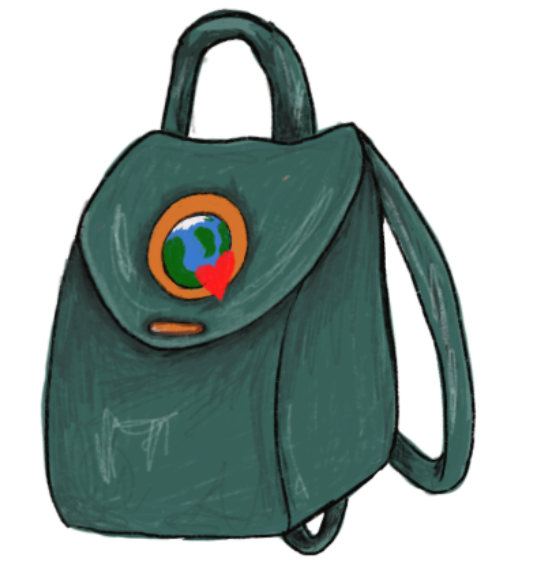

| Intent | Implementation | Impact |
|---|---|---|
| Our Explorers Logo of LOVE Shoes of HOPE Jacket of COMPASSION Watch of WISDOM T-shirt of FORGIVENESS Trousers of THANKFULNESS Hat of TRUST | The Expedition Backpack Collecting key items of knowledge and skills and how to apply them | The Home Cupboard Treasuring the knowledge and skills they have carried home and keeping them safe to access in the future |
Planning an expedition takes a lot of thought:
- Where do we want our children, as learners, to go?
- We think about our aims: we are flexible and ambitious
- We relate our expeditions to our curriculum aims which are based on the four basic elements of the Church of England’s vision (1) Christian Aid’s Global Neighbours scheme and our school’s core Christian values (2)
- We map out the curriculum content (through English, including maths, approximately 50% of science, history, geography, art, music, DT)
- We also plan discrete excursions for RE, PE and the rest of science
(1) Educating for wisdom, knowledge and skills, Educating for hope and aspiration, Educating for community and living well, Educating for dignity and respect
(1) Love, compassion, thankfulness, forgiveness, wisdom, hope and trust
‘It is the essential knowledge that pupils need to be educated citizens, introducing them to the best that has been thought and said and helping to engender an appreciation of human creativity and achievement.’
National Curriculum
Forest Schools
Our very own Mrs Gill has recently achieved accreditation as a Level 3 Forest School Leader. Using our amazing grounds, Mrs Gill will be helping us deliver unforgettable outdoor experiences, nurturing the children’s physical and emotional well-being one adventure at a time!
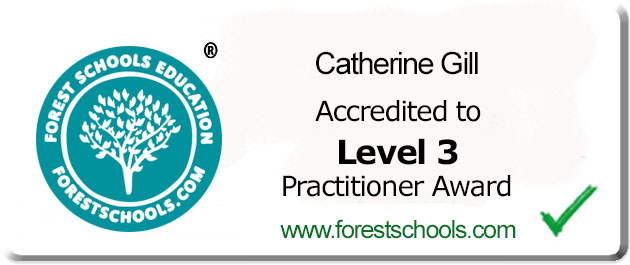
Early Years Foundation Stage – Reception
The early-years education we offer our children is based on the following principles:
- It builds on what our children already know and can do;
- It ensures that no child is excluded or disadvantaged;
- It offers a structure for learning that has a range of starting points, content that matches the needs of young children, and activities that provide opportunities for learning both indoors and outdoors;
- It provides a rich and stimulating environment;
It acknowledges the importance of a full working partnership with parents and carers.
We follow the Read Write Inc phonic scheme which starts within the first few weeks of Reception once the children have settled in to their new setting. For more information, please follow the link below ‘How we teach spelling’.
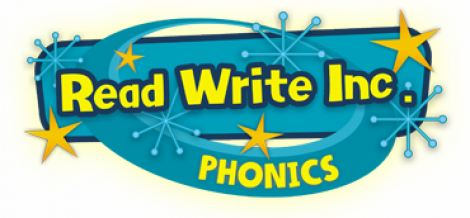
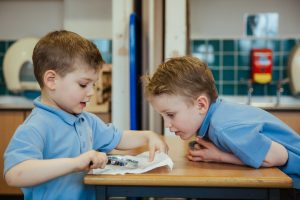

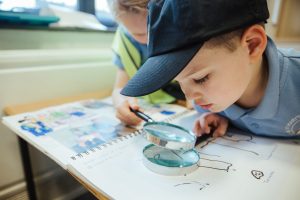
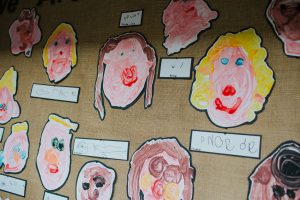
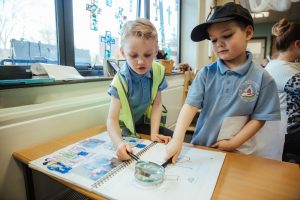
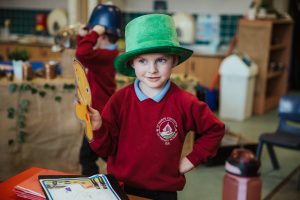
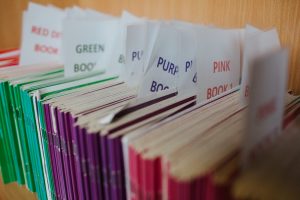
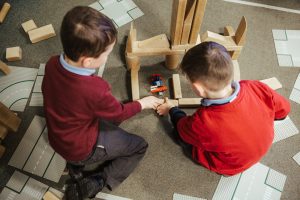
As the children transition into Year One and with support appropriate to their needs, the children’s subsequent learning remains deeply rooted in Early Years as they begin to learn within the discrete subjects of the National Curriculum. The following documents show the links as they move through the school:
Our RE curriculum
RE is a core subject and is taught in all classes on a Monday morning as the first lesson of the week.

English: Reading
‘The more that you read, the more things you will know. The more that you learn, the more places you’ll go.’
Dr Seuss
We aim to:
- Provide a rich and stimulating reading environment.
- Provide a robust foundation of the key skills of decoding texts through systematic teaching of phonics in the EYFS and Key Stage One.
- Enable children to read with confidence, accuracy, fluency, understanding and enjoyment.
- Foster an enthusiasm for and love of reading for life.
- Ensure that all children are taught to read at the appropriate level and that reading with a teacher is not simply an opportunity to practise.
- Identify accurate levels of attainment in reading for each child.
- Ensure that all children have an appropriate and challenging reading target set according to their reading level.
- Ensure that all children make rapid sustained progress in their development of reading skills.
- Develop comprehension skills of inference and deduction across a broad range of texts.
- Develop understanding of grammar and vocabulary within texts and the effect it has on the reader.
The teaching of reading across the schools falls into four categories, each with their own set of strategies:
- Reading for fluency
- Reading for pleasure
- Reading for knowledge
- Assessing comprehension levels
The above categories can be taught in different contexts including:
- Whole class comprehension lessons (using a variety of rich and stimulating texts that the whole class have access to)
- Guided Reading Carousel Sessions (using banded books matched to children’s reading ability)
- Reading for Knowledge (using texts to find out information about a topic or particular area of interest)
- Assessing Comprehension Levels (using more formal assessment methods such as practice SATS papers/CGP assessments etc. as well as ongoing teacher assessment)
- Interventions (identifying children who are working below age related expectations to provide further opportunities to develop their reading skills as well as providing extra challenge for those children exceeding age related expectations)
English: Writing
The reasoning behind our approach
Our approach reflects our acute awareness of the cognitive demand that writing poses to our children’s working memories. We understand that there are 3 key components of writing: transcription, text generation (composition) and executive function
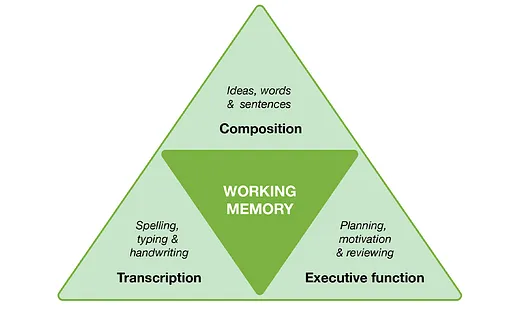
The ‘simple view of writing’- developed by Beringer et al. (2002)
- Transcription
Handwriting
Our aim is to develop handwriting automaticity at a young age for our pupils in the three main stages of handwriting instruction: letter formation, handwriting and joined handwriting. Only when pupils have developed fluency in letter formation in printed handwriting would we move onto teaching joining.
We follow the RWI Handwriting scheme from Reception alongside screening for the use of the Future Steps Earth Handwriting programme for children requiring a bespoke programme.
We provide sequenced handwriting instruction using the following:
- Modelling– adults model the process of letter formation.
- Scaffolding– we use effective scaffolding to support letter formation and this might include physical writing guidelines.
- Practice– this physical skill will be practised in short, regular sessions to develop automaticity.
- Feedback– we give sensitive, individual feedback on their letter formation.
Emergent writing is encouraged in EYFS with children being given lots of opportunities to write for meaning through classroom and teacher stimuli. Children in EYFS are encouraged to mark make and write their own name from entry into school with a wide range of equipment and tools constantly available for them to access. Activities which develop fine motor skills are also always available (e.g. tweezers, wind-up toys). As they progress through EYFS they are encouraged to write for meaning and are inspired to do so through exciting stories, activities and events. Adult-led shared reading opportunities in all its forms begins to fill the shelves in the children’s home cupboard with stories, experiences and vocabulary which they will begin to draw on in their writing.
In Key Stage One, once the children have a secure understanding of phonics, they will further develop the skills of writing for meaning and begin to have an awareness of the range of genres.
Spelling
The RWI synthetic phonics scheme teaches handwriting, spelling and composition separately, gradually brining each skill together step-by-step.
From Year 2, children will build upon their phonetic understanding and will develop a broader knowledge of the English spelling system through the Spelling Shed scheme. This takes an evidence-based approach with the teaching of spelling strategies beyond phonics such as etymology, morphology, analogy, teaching spelling rules/patterns and orthographic mapping.
- Text generation (composition)
Our writing sequence consists of three phases: familiarisation, teaching and rehearsing and application and follows an annual plan, by year group to ensure coverage of genres and objectives. Medium term plans for each genre teaching block using the planning format are submitted to the subject lead and Headteacher.
Teachers share a high-quality model text with the pupils identifying and discussing word, sentence and text-level features of the text. Learning walls should be used to draw attention to key vocabulary and text features- these should be added to with the children and provide a point of reference at the independent (application) stage.
Phase 1: Familiarisation
| How will I draw the children’s attention to the objectives in the text? |
Model texts will be carefully selected considering the following:
Word: It should contain words that will broaden children’s vocabulary and support N.C spelling objectives for that year group.
Sentence: It should exemplify the NC grammar and punctuation objectives for that year group.
Text: It will be written with purpose and audience in mind; it is structured in a way that children can replicate.
Phase 2: Teaching and rehearsing
| What skills do I need to teach?What practice activities will I give to the children? |
During this stage, the skills that are needed in order to successfully create a text in the same style as the model text will be taught.
Grammar and punctuation should be taught in context in order for children to see its relevance to the text-type being taught and make it more meaningful.
Children will work on ‘short burst’ writing tasks. This phase will include lots of modelling with scaffolding gradually removed: teacher modelling (I do), shared writing and guided writing (we do) before moving onto the application stage below (you do).
Phase 3: Application
| What objectives do the children need to demonstrate? What context will they do this in? |
The aim of this stage is for children to produce a piece in the same style as the model text (the content of the final piece will vary from the model text more as the children gain confidence as writers.)
- Executive function really comes into play during this phase with children being taught how to plan, review and monitor their writing.
Planning: We use the single paragraph outline approach to planning writing from Year 2 onwards. This provides a linear and simple format that can be duplicated for almost any text type.
Drafting: At this stage, children should follow their plan to create an independent piece of writing. Skills taught during the teaching and rehearsing stage can be applied now and they may draw upon their ‘short burst’ writing and the learning wall. Teachers may need to model at first how to convert the single paragraph outline into a coherent paragraph; with practice, children will learn to do this more independently as they move up through the school.
Revising: This in an essential stage that should be awarded ample time to do thoroughly. This may need to be demonstrated through practice revision activities and teacher modelling until children are confident in revising their own work. It is important to note the distinct different between this and editing.
Add- Is there anything missing? Could anything be added to improve?
Remove- repeated words or unnecessary sentences.
Move- the place of a word, phrase, clause or sentence.
Substitute- Could any words be replaced with more effective vocabulary?
Editing: Correcting mechanical errors
Capitalisation (correct use of capital letters)
Usage (noun, verb, tense agreement)
Punctuation (is there any missing?)
Spelling (check)
Publishing: The final piece for the target audience to read after all of revising and editing. This does not necessarily mean writing a final neat version!
Assessment
Writing will be assessed across a wide range of text types and cross-curricular pieces and at the end of each teaching block.
Assessment grids at the front of children’s books with be used to acknowledge which features have been observed in independent writing.
Pieces should represent a range of purposes (and audiences in KS2).
Maths
Planning, Assessment and Resources: Early Years Foundation Stage
Maths is taught every day in a whole class session which provides direct teaching of basic number skills through a sequential planned approach. These sessions are practical with all children using concrete materials to practice basic maths skills. Focus tasks on number and shape, space and measures are completed in small groups with an adult. This enables further skills to be taught or work from daily maths to be practiced and embedded. The children move through a concrete then pictorial and finally abstract sequence of learning. Alongside this is continuous provision around the classroom which enables children to actively use and further develop their mathematical skills and concepts. Mathematical equipment and loose parts are available throughout the classroom areas to facilitate this. Adults carefully support and extend mathematical opportunities in play through observing children’s play, intervening as appropriate and the use of precise questioning.
The children’s mathematical learning will be seen through both their Learning Journeys and discrete maths books. These will show differentiated tasks according to how the children are progressing in early maths.
Continuous provision follows into the first term of Year 1 to enable a smooth transition.
Planning, Assessment and Resources: Year 1 to 6
Medium term plans for each half term using the planning format are submitted to the subject lead and Headteacher.
Each daily maths lesson starts immediately after morning break with a retrieval task (children rehearsing skills from the previous lesson, unit and year group). KS2 classes also complete UFO (Using the Four Operations) questions after lunch each day to improve arithmetic skills.
White Rose forms the basis of maths planning and delivery. Teachers use other materials and websites such as NRICH, NCETM and I See Maths to enhance and supplement this core tool. This planning is adapted by class teachers to take into account the needs and abilities of particular cohorts. Teachers ensure that the children have access to fluency, reasoning and problem-solving activities to deepen their mathematical knowledge and understanding. Reception and KS1 are following the Mastering Number program delivered by the NCETM.
The subject leader regularly reviews the children’s understanding through work and planning scrutinies which are cross referenced with assessment mark books (see below) and discussions with teachers and children.
Maths opportunities are also planned across the rest of the curriculum. Medium-term plans (Expeditions) will detail opportunities where this takes place and mathematical work may therefore be completed in the children’s Science books and Expedition Journals as well as in their maths books.
The learning objective is shared with the children each lesson through a WALT (We Are Learning To…) which is then highlighted during teacher feedback according to the child’s level of understanding and application. At the beginning of each block, children will complete an assessment to inform teacher’s planning. Children will then repeat a similar end of block assessment to show their progress. Children will complete termly WRM assessment booklets to from summative assessment.
Regular reviews of the progress towards WALTs is used to target specific groups and individuals using targeted resources (see below).
The majority of their work in maths will be recorded in squared maths books and recorded in pencil.
Each classroom has a ‘working maths wall’ which supports the children’s learning by modelling the learning process and the steps required through visual support, examples, questions, challenges and key vocabulary.
Core maths work and additional homework activities for the children which also compliments and extends work completed in school is set each week on a Thursday. The use of TTRockstars is encouraged to ensure the secure and rapid recall of times table facts as appropriate.
Practical apparatus are used wherever possible to secure understanding, particularly in the lower year groups. Pictorial representations are also used to encourage the children to link their thinking to the abstract method.
Differentiation (whole school)
Maths is taught in year group classes with quality first teaching ensuring the delivery of appropriate learning with pre and over learning an established part of every lesson to support and extend as necessary.
Intervention (whole school)
Teachers will live mark and introduce same day intervention opportunities when appropriate to ensure the cohort remain at a similar level and avoid large academic gaps. If additional, focused work is required this will take place in afternoon interventions which are highly targeted, time-limited, regularly monitored and reviewed. Information from end of block assessments is used to inform intervention groups.
The following policies show the methods we teach the children for the four operations:
